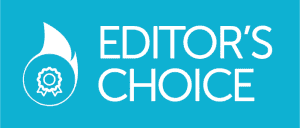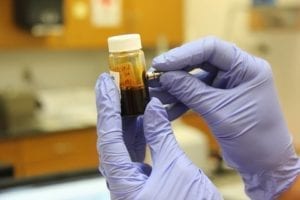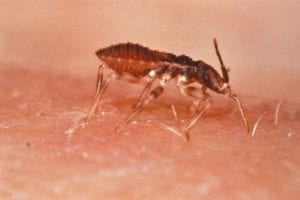Chagas Disease
What is Chagas disease?
Chagas disease, also known as American trypanosomiasis, is a parasite that is spread to people through insects. It occurs in the Americas, mainly in Latin America. The CDC estimates that 300,000 people are living with Chagas disease in the United States.
What are the symptoms of Chagas disease?
Chagas disease comes in two phases: acute and chronic. The former occurs right after infection when there are many parasites in the blood. People are typically asymptomatic during this phase, but many experience swelling around the site of infection. In very rare cases there is inflammation in the heart, brain, or lining of the brain.
The latter occurs when there are little to no parasites in the blood. The majority of people remain asymptomatic during this phase as well, but about 20-30% of cases see effects. If symptoms do arise, they include heart rhythm abnormalities, a dilated heart, a dilated colon, and a dilated esophagus. These symptoms can be severe and fatal if left untreated.
What causes Chagas disease?
Chagas disease is caused by a parasite called Trypanosoma cruzi. It is spread through the triatomine bug, also known as the kissing bug, as it sucks on the blood of humans and animals. Other methods of transmission include mother to baby, blood transfusions, and organ transplants. In very rare cases, a lab accident or contaminated food and water can cause Chagas disease.
How is Chagas disease diagnosed?
In the acute phase, doctors will examine the blood to find parasites. In the chronic phase, doctors must decide if a patient is at risk for Chagas disease and find characteristic symptoms. A diagnosis is confirmed through testing for parasite specific antibodies.
What are the treatments for Chagas disease?
Treatment may not be necessary, as many people go through their life without symptoms. Doctors recommend treatment if one is diagnosed during the acute phase, one has a suppressed immune system, or one is a baby with a congenital infection.
Two drugs that have been used to treat this parasite are nifurtimox and benznidazole. These medications can bring side effects, so it is important to evaluate the patient’s situation before prescribing these drugs.
There are also ways to prevent Chagas disease. In areas where this disease is prominent, improving housing and spraying insecticide have been proven to stop the spread. There should also be screening of blood donations and organ donations.
Where can I find out more about Chagas disease?
Chagas Disease Articles


Fexinidazole Somewhat Effective for Chagas Disease, Study Shows

Could Researchers Have Discovered a Chagas Disease Treatment?

Experimental Chagas Disease Treatment Could Prevent COVID-19

The First Ever “World Chagas Disease Day” Just Happened on April 14
-300x300.jpg)



